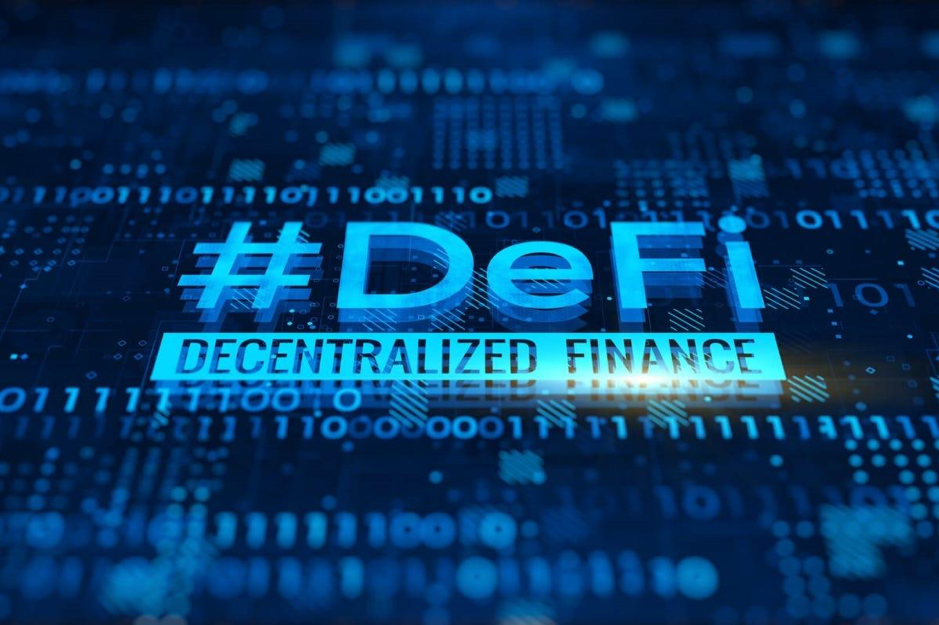AMM, or Automated Market Makers, are a key part of the DeFi ecosystem. They enable a new form of trading that eliminates the need for human intermediaries and is faster, simpler and more accessible than traditional exchanges.
They use liquidity pools, a pot of tokens shared by users, to facilitate trades between users of the protocol without requiring direct swapping. They also allow anyone to become a liquidity provider, earning fees for their contributions.
Liquidity pools are underpinned by smart contracts, a set of mathematical formulas that manage the price of the tokens inside each pool. This pricing formula keeps a constant balance of assets that determines the price of each token in the pool.
As tokens are added or removed from the pool, the price of each token in the pool adjusts accordingly. For example, if the tokens in the pool are ETH and DAI, and the price of ETH goes up by 20%, it means that more ETH is being added to the pool than is being taken out. This price change encourages traders to take DAI out of the pool and put ETH in, causing the price of DAI to fall to a lower price point than before and creating an arbitrage opportunity for profit seeking traders.
The what is AMM model is a simple one, but it’s important to understand how it works. It’s a very important component of a decentralized exchange (DEX) because it ensures that the DEX can keep up with demand from traders.

Using AMMs allows new DEXs to avoid the pitfalls of having a small number of traders early on. This can result in low liquidity and transaction fees if the DEX doesn’t have enough assets in its pool to support a large volume of trades.
Liquidity pools are also incentivized by a practice called “yield farming.” When a liquidity provider deposits a crypto asset to the protocol, they are rewarded with LP tokens that they can use to earn fees when traders deposit their tokens. This is in addition to the fees that they earn when trading tokens in the pool.
These rewards can be very lucrative for liquidity providers, but they can also cause impermanent loss. If a liquidity provider locks assets in the pool and then withdraws them, they will lose their investment. This is because the algorithm only balances the values of token pairs, not the total value of the pool as a whole.
AMMs can be a powerful source of liquidity, but they are not always the best solution for all transactions. For some transactions, it may be more advantageous to use an order book exchange. Moreover, AMMs lack the control that order book exchanges have over which price points are offered to traders.

